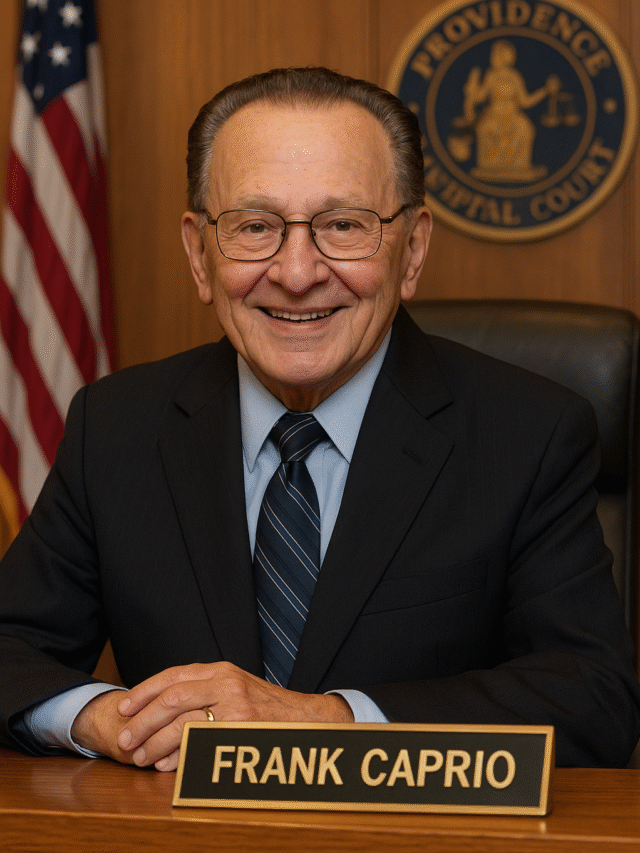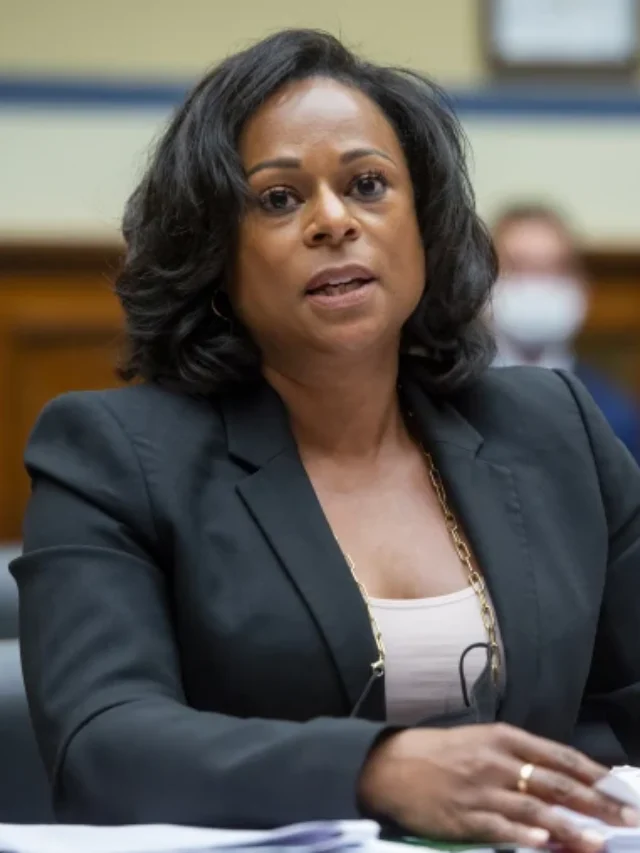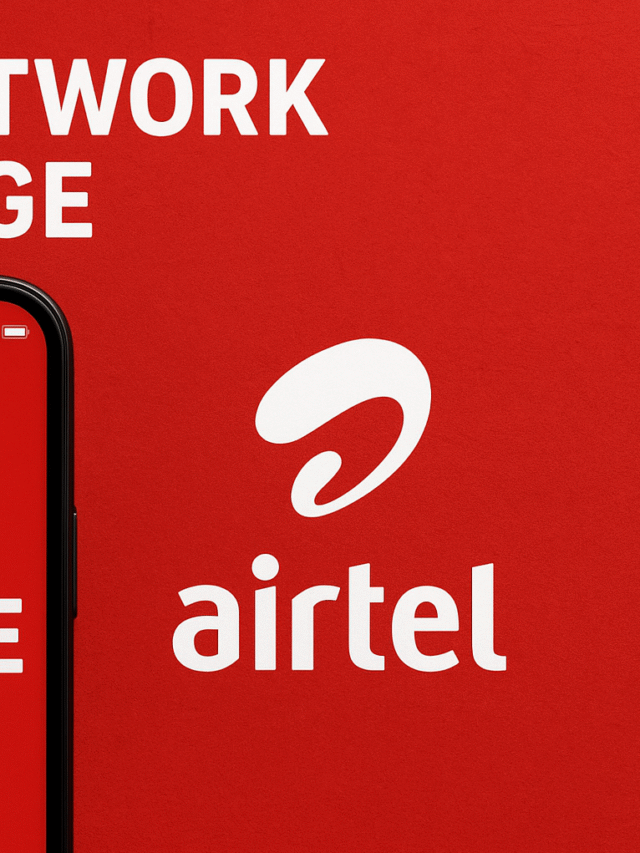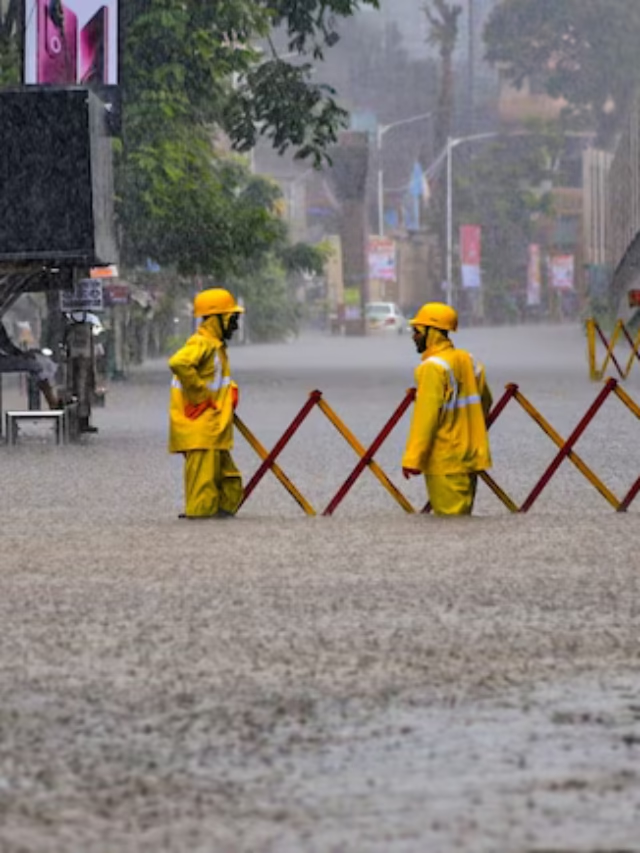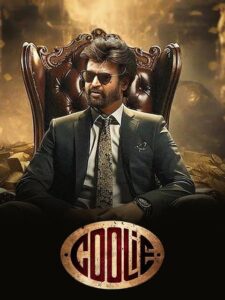
Introduction
Coolie (1983) remains one of the most talked-about and influential films in the history of Hindi cinema. Directed by Manmohan Desai, the movie stars Amitabh Bachchan in the lead role of Iqbal—a resilient, street-smart coolie—supported by a strong ensemble cast including Rati Agnihotri, Amjad Khan, Utpal Dutt and Shoma Anand. More than just a masala entertainer, Coolie combined melodrama, action, music, pathos and patriotic fervor in a way that resonated deeply with audiences across India. This article unpacks the film’s story, characters, music, controversies, and lasting legacy.
Plot Summary — From Rags to Respect
The film follows Iqbal (Amitabh Bachchan), a poor but honorable who earns his living carrying luggage at Mumbai’s bustling railway stations. Iqbal is kind-hearted, loyal to friends, and respected by his community. His life becomes complicated when he crosses paths with political corruption, crime syndicates, and the treacherous circumstances that surround an influential family.
As the story unfolds, Iqbal’s integrity and bravery are tested. He becomes embroiled in a fight against criminal elements led by the villainous Shambhu Dada (a role remembered for its menace), and a twist of fate places him at the heart of a larger conspiracy. Iqbal’s romance with Salma (Rati Agnihotri), his sacrifices for family and friends, and his refusal to bow down to power form the emotional core of the narrative.
Cast & Characters
- Amitabh Bachchan as Iqbal (the titular “coolie”) — the soul of the film; his portrayal blends vulnerability and strength.
- Rati Agnihotri as Salma — the romantic interest who supports Iqbal’s emotional journey.
- Amjad Khan in a memorable antagonist role — adding gravitas and menace.
- Utpal Dutt and supporting cast — providing comic relief, social commentary, and dramatic depth.
The ensemble brings together actors who were masters of their craft. Amitabh’s performance anchors the film; his chemistry with Rati Agnihotri and the friction with the antagonists make the stakes feel real.
Music and Songs — Emotional Anchors
Music plays a crucial role in Coolie. The soundtrack delivers a mix of upbeat numbers and soulful melodies that heighten the film’s emotional beats. Songs in the film were picturized to advance character relationships and to underscore dramatic turning points—something typical of the era’s mainstream Hindi films.
The songs remain popular with audiences who grew up in the 1980s and with new listeners who rediscover them through streaming platforms and nostalgic playlists.
Memorable Scenes
Several sequences from Coolie are etched into popular memory: the sequences at the railway platforms, the emotional confrontations, and high-octane action scenes. But the film is most remembered for sequences that spotlight Amitabh Bachchan’s heroic persona—moments where his defiance and emotional intensity drive the story forward.
The dialogues—some dramatic, others quietly moving—helped create quotable lines that fans still cite today.
Controversy and Real-Life Incident
Coolie is inseparable from one of the most dramatic incidents in Bollywood history: the on-set injury to Amitabh Bachchan during filming. While shooting a fight scene, Amitabh sustained a severe injury that sent shockwaves through the nation. The actor’s hospitalization, the subsequent concern across the country, and the public’s prayers all elevated the film’s profile in a way that transcended entertainment. The incident sparked conversations about on-set safety, the risks actors take, and the public’s emotional bond with film stars.
The injury led to nationwide media attention; fans and film industry colleagues rallied around Amitabh Bachchan. Many believe the actor’s recovery and return added a layer of mythic resilience to his star image—and to the film itself.
Direction & Screenplay — Manmohan Desai’s Signature
Manmohan Desai, known for his flair for larger-than-life storytelling, infused with melodrama and spectacle. His direction balances crowd-pleasing moments with quieter scenes that emphasize human relationships. The screenplay rides familiar tropes—class conflict, familial loyalty, and moral courage—yet the film’s emotional honesty and energetic pacing make those tropes feel powerful rather than trite.
Cinematography & Production Design
The film’s visual language captures the hustle of India’s public spaces—train stations, markets, and congested streets—providing an authentic backdrop for Iqbal’s life. Production design and costume choices highlight the contrast between the underclass world of and the luxurious spaces of the powerful antagonists, reinforcing the film’s social subtext.
Social Impact & Cultural Legacy
Coolie left an indelible mark on Indian pop culture. It amplified the trope of the “hero from humble beginnings,” and further cemented Amitabh Bachchan’s status as the “angry young man” transformed into a compassionate champion of the oppressed. The film also raised awareness—however melodramatically—about labor, dignity of work, and the exploitation faced by the working class.
Over the decades, dialogues, scenes, and even the behind-the-scenes saga have been referenced in other films, television shows, and popular media. For film historians and fans alike, Coolie is a case study in star power, mass-audience filmmaking, and the relationship between celebrity and the public.
Why Watch Coolie Today?
For new audiences, Coolie offers a window into 1980s Bollywood—its style, music, and storytelling aesthetics. The film’s emotional beats are timeless: loyalty, sacrifice, courage and the triumph of good over injustice. For long-time fans, it remains a nostalgic favorite—partly because of the star performances and partly because of the real-life drama that surrounded the movie’s production.
Whether you’re watching for Amitabh Bachchan’s magnetic screen presence, the melodious soundtrack, or the cultural lore, endures as a film that both entertained millions and became a cultural milestone.
Critical Reception & Box Office
On release, the film drew strong box-office numbers and a mixed-to-positive critical response that praised performances while sometimes criticizing melodramatic excess. Over time, critics and audiences have reassessed the film’s strengths—particularly its performances, emotional appeal, and social subtext.
Conclusion
Coolie is more than a film; it is a cultural event—partly because of its story and performances, and partly because of the extraordinary real-world events tied to its production. For students of Indian cinema, it remains an essential watch: a film that demonstrates how popular cinema can move, thrill, and lodge itself in national memory. Decades after its release, the film’s core message—human dignity, courage in the face of power, and the rewards of empathy—still resonates.
If you haven’t seen Coolie, watch it as both entertainment and as a piece of cinematic history. If you have, revisit it with fresh eyes—you’ll discover why it is still talked about, studied, and celebrated.
